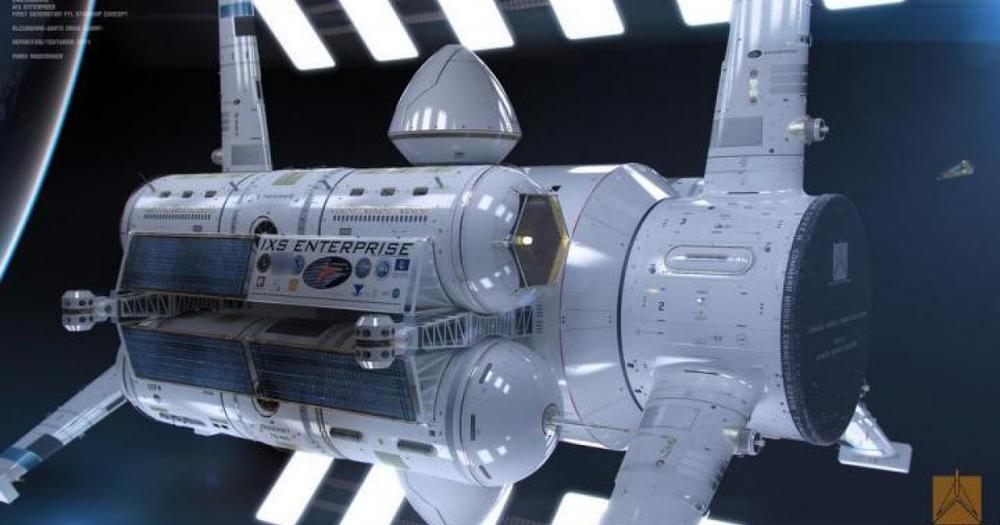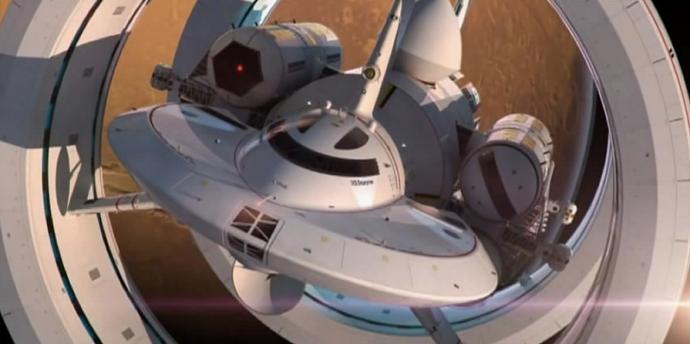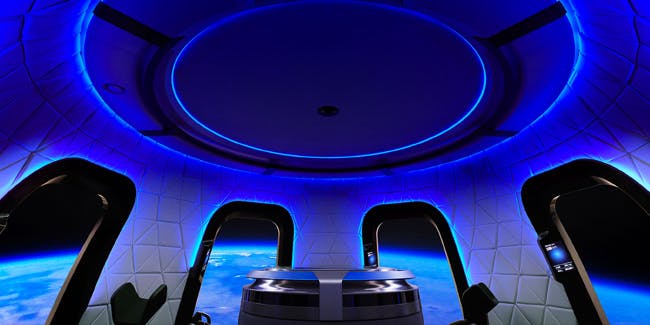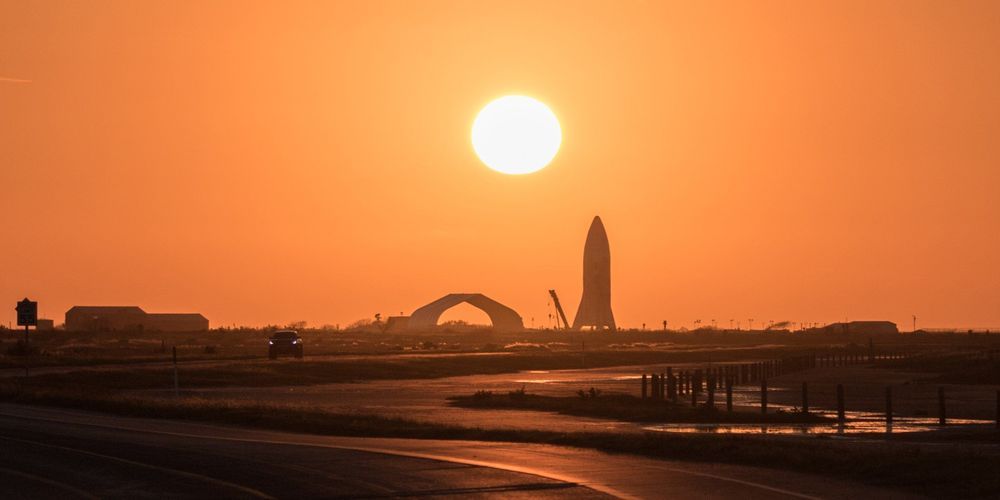Faster than light travel may actually be possible using a warp drive to bend space around a starship. New calculations suggest such a vehicle would require less energy than once thought.


The idea of traveling to another star system has been the dream of people long before the first rockets and astronauts were sent to space. But despite all the progress we have made since the beginning of the Space Age, interstellar travel remains just that – a dream. While theoretical concepts have been proposed, the issues of cost, travel time and fuel remain highly problematic.
A lot of hopes currently hinge on the use of directed energy and lightsails to push tiny spacecraft to relativistic speeds. But what if there was a way to make larger spacecraft fast enough to conduct interstellar voyages? According to Prof. David Kipping, the leader of Columbia University’s Cool Worlds lab, future spacecraft could rely on a halo drive, which uses the gravitational force of a black hole to reach incredible speeds.
Prof. Kipping described this concept in a recent study that appeared online (the preprint is also available on the Cool Worlds website). In it, Kipping addressed one of the greatest challenges posed by space exploration, which is the sheer amount of time and energy it would take to send a spacecraft on a mission to explore beyond our solar system.

What would happen if humans could deliberately create a blackhole? Well, for starters we might just unlock the ultimate energy source to create the ultimate spacecraft engine — a potential “black hole-drive” — to propel ships to the stars.
It turns out black holes are not black at all; they give off “Hawking radiation” that causes them to lose energy (and therefore mass) over time. For large black holes, the amount of radiation produced is miniscule, but very small black holes rapidly turn their mass into a huge amount of energy.

Over the years NASA have conducted a huge number of highly ambitious projects with the goal of the perfection of space travel but their latest project may be the most extraordinary yet.
In a seismically isolated room in the Johnson Space Center, researchers from the space agency are working with an electric field that they are trying to manipulate in such a way that it could literally bend the fabric of space and time. The researchers believe that if they are successful then they could theoretically begin work on interstellar space travel that would allow craft to fly faster than the speed of light. But is this really possible?


At its re: Mars conference, Amazon’s CEO Jeff Bezos took the stage today to be “interviewed” by Jenny Freshwater, Amazon’s director of forecasting. As any AWS machine learning tool could have forecasted, having an employee interview her boss didn’t lead to any challenging questions or especially illuminating answers, but Bezos did get a chance to talk about a variety of topics, ranging from business advice to his plans for Blue Origin.
We can safely ignore the business advice, given that Amazon’s principle of “disagree and commit” is about as well known as it could be, but his comments about Blue Origin, his plans for moon exploration and its relationship to startups were quite interesting.

He noted that we now know so much more about the moon than ever before, including that it does provide a number of resources that make it a good base for further space exploration. “The reason we need to go to space is to save the Earth,” he said. “We are going to grow this civilization — and I’m talking about something that our grandchildren will work on — and their grandchildren. This isn’t something that this generation is able to accomplish. But we need to move heavy industry off Earth.”

Those padded walls will help in low gravity, no doubt, and in the crew capsule, all six people get a window seat. “You’ll listen to the countdown and then feel the engine ignite and rumble under you as you climb through the atmosphere,” reads a description from Blue Origin. The capsule is 530 cubic feet.
The first crewed Blue Origin flight will simply reach the edge of space — a landmark called the Kármán Line — and then return. This the company’s reusable suborbital flight system, will launch the crew capsule to its destination before it descends to Earth, landing softly in the Texas dirt, thanks to parachutes. Blue Origin is also working on a heavy-lift launch vehicle designed to reach Earth orbit, called New Glenn, but that’s unlikely to fly before 2020.
The video — seen above — was shot by an Amazon representative and sent to Inverse. There’s no denying, it looks remarkably comfortable.

WOW!
This is the story of SpaceIL — the most amazing private Israeli space project — and the three founders behind it: Yariv Bash, Kfir Damari, and Yonatan Winetraub.
The landing might have not worked, but the spacecraft is ON THE MOON!
I fell in love with the project and I feel moved and inspired by it. This video is one of my favorites. Thank you Project Nightfall for making it so so beautiful.
Viva Space Ship Day
For 10% off your first purchase, go to
http://www.squarespace.com/austinmcconnell
PATREON: http://patreon.com/austinmcconnell
TWITTER: http://twitter.com/austinmcconnell